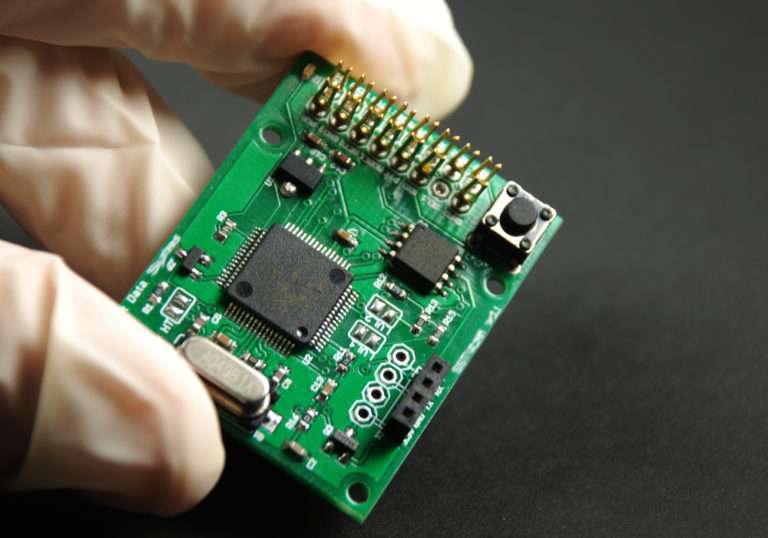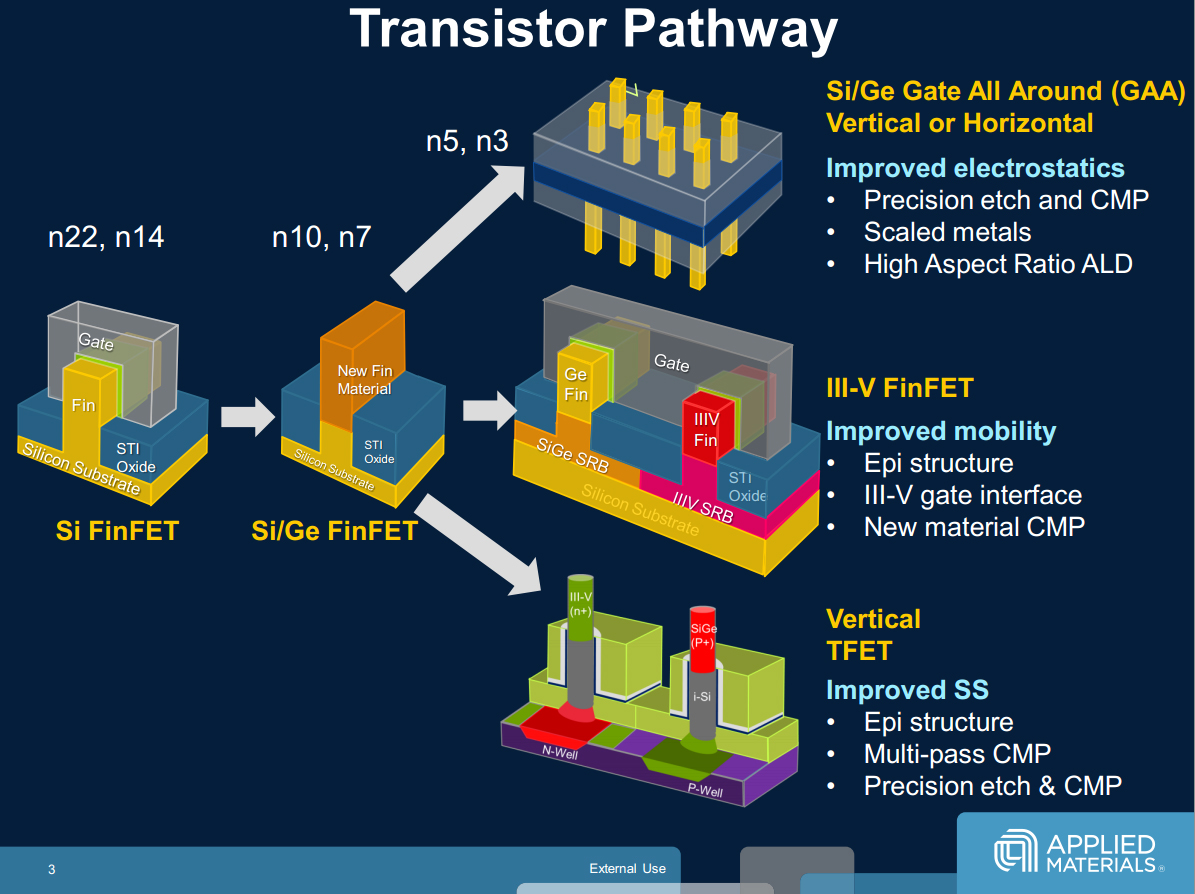Semiconductor S Presentation
| Introduction to Semiconductors | ||
|---|---|---|
| Semiconductors are materials that have electrical conductivity between that of a conductor and an insulator. They are typically made of silicon, germanium, or other elements from the periodic table. Semiconductors play a vital role in the field of electronics and are used in various devices such as transistors, diodes, and integrated circuits. | ||
| 1 | ||
| How Semiconductors Work | ||
|---|---|---|
| At low temperatures, semiconductors behave as insulators, with electrons bound to their atoms. As the temperature increases, some electrons gain enough energy to break free from their atomic bonds, creating mobile charge carriers. By adding impurities or doping the semiconductor, we can control its electrical behavior and create either p-type or n-type materials. | ||
| 2 | ||
| Types of Semiconductors | ||
|---|---|---|
| Intrinsic semiconductors are pure materials with no added impurities, making them more temperature-sensitive. Extrinsic semiconductors are doped with impurities to improve their electrical conductivity and stability. N-type semiconductors have an excess of electrons due to doping with elements such as phosphorus or arsenic. | ||
| 3 | ||
| Semiconductor Devices | ||
|---|---|---|
| Transistors are the building blocks of modern electronics and are made from semiconductors. Diodes allow current to flow in only one direction and are widely used in rectifiers and voltage regulators. Integrated circuits (ICs) are complex circuits etched onto a semiconductor substrate, allowing for miniaturized electronic devices. | ||
| 4 | ||
| Applications of Semiconductors | ||
|---|---|---|
| Semiconductors are crucial for the functioning of computers, smartphones, and other digital devices. They enable the conversion of light into electrical signals in photovoltaic cells for solar energy generation. Semiconductors are used in sensors, such as temperature sensors and pressure sensors, for various applications. | ||
| 5 | ||
| Advancements in Semiconductor Technology | ||
|---|---|---|
| Moore's Law predicts that the number of transistors on a chip roughly doubles every two years, leading to increased processing power and reduced cost. The development of compound semiconductors, such as gallium nitride and silicon carbide, has enabled higher power and efficiency in devices like LEDs and power electronics. Emerging technologies like quantum computing and spintronics rely on the unique properties of semiconductors to revolutionize computing and data storage. |  | |
| 6 | ||
| Challenges and Future Trends | ||
|---|---|---|
| As traditional silicon transistors reach their physical limits, researchers are exploring alternative materials and technologies. Energy efficiency and sustainability are driving the development of new semiconductor materials and manufacturing processes. The Internet of Things (IoT) and 5G networks are expected to drive the demand for semiconductors in various industries. | ||
| 7 | ||
| Conclusion | ||
|---|---|---|
| Semiconductors are essential components of modern technology, enabling the development of various electronic devices. Their unique properties and controllability have revolutionized industries and continue to drive innovation. The future of semiconductors holds exciting possibilities, with advancements in material science and emerging technologies opening new doors for applications and improvements. Note: The provided information is a general overview and can be expanded upon for a more in-depth presentation. |  | |
| 8 | ||


